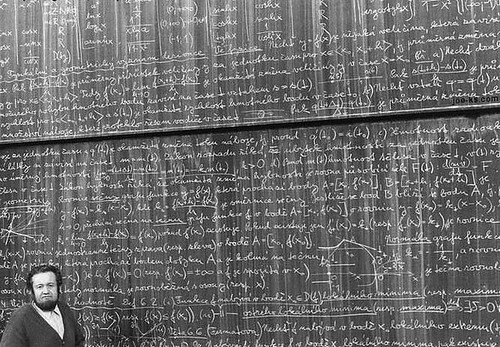The difference between a stalker and bushnell came up after a fall ball game yesterday. For the sake of this argument ignore the "look angle" cosine factor and the limited bushnell range. The stalker, being much more expensive, operates on a higher frequency allowing a quicker return of signals from the moving object; therefore, the doppler phase shift is detected much sooner (that is pitchers release point or very soon after). On the other hand, the bushnell, being a $1000 less option, uses a much lower freqency and as a result does not "see" the doppler phase shift until the ball has moved some 25-35 feet from the pitcher. On the average, a pitched ball will lose some 6-8 mph from the mound to home plate; therefore, the bushnell should read 2-4 mph slower than the stalker. Is this correct?
Original Post

